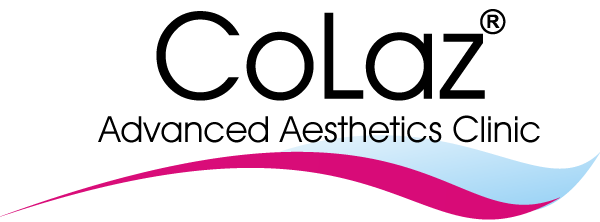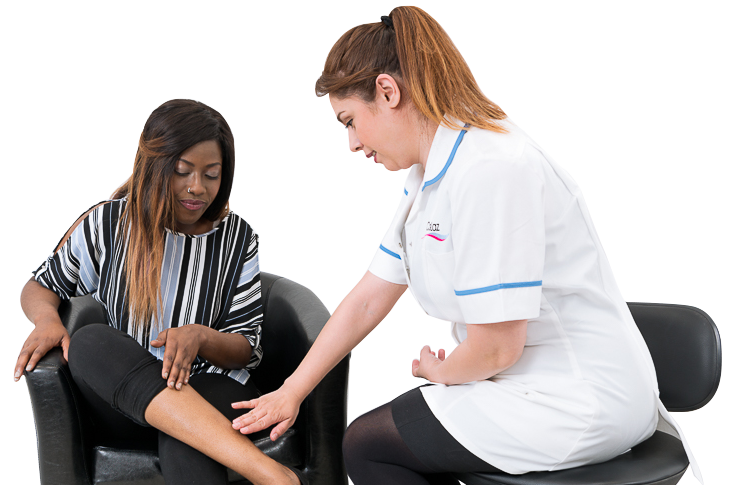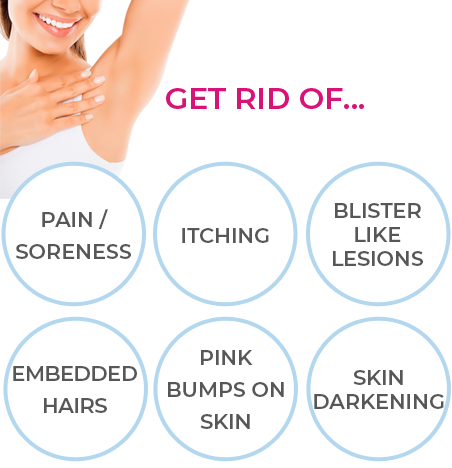Ingrown Hair: Causes, Symptoms and How to Remove Ingrown Hair Using Laser hair Removal
Ingrown hairs are not only painful, but they look unsightly. They can be caused by shaving or waxing the hair too close to the skin. You must take care of your ingrown hair as soon as possible because it can lead to other problems such as infection and scarring.
We will go over how to identify ingrown hair and what causes them. We’ll also discuss how you can remove them using laser hair removal to prevent future breakouts!
What Causes Ingrown Hairs?
Ingrown hairs are caused when hair follicles become trapped beneath the skin. This happens more often to people with curly or coarse hair since these types of strands grow back thicker and stronger than other types of hair.
There is also a tendency for ingrown hairs to form on shaved body parts such as underarms, legs, bikini, and face. This is because the hair follicle becomes irritated as it tries to grow out from beneath the skin but can’t due to its blunt end.
Ingrown hairs usually form in two areas: underarms, legs, bikini area and face on shaved body parts, or near where you waxed (such as eyebrows).
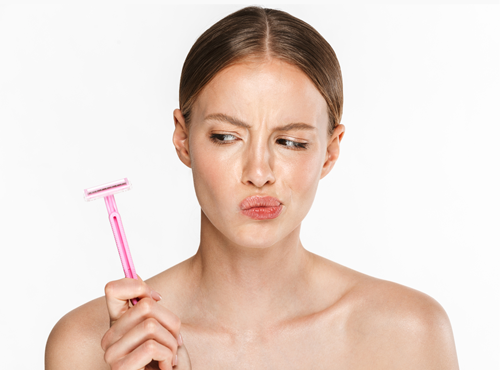
What Are The Symptoms Of Ingrown Hair?
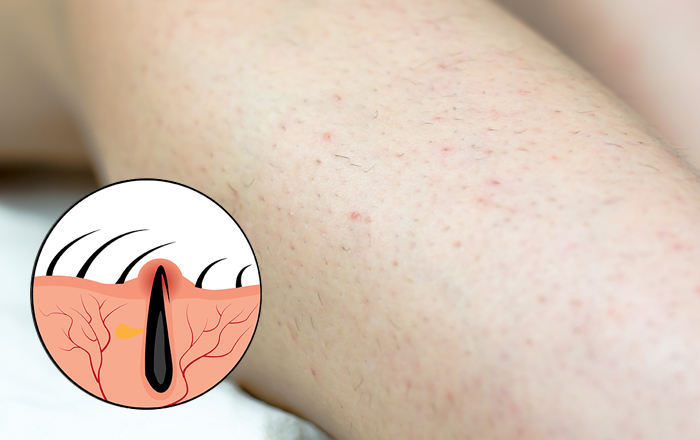
Ingrown hairs can cause scarring or infection if they’re not removed. Symptoms include redness, itching, pimple-like bumps and pain in the affected area. The hairs that form under your armpits might also produce a foul odour because your deodorant is covering it.
Common Symptoms Usually Include:
- Tenderness around the ingrown hair area
- Itching of the skin
- Pink or red bumps that may resemble acne, whiteheads, or blisters. In severe cases, these sores will become infected and form boils or abscesses that may leak pus or blood.
- Pain or soreness around the affected area
- General redness of the skin or faint rashes
Are Ingrown Hairs The Same As Razor Bumps Or Pseudofolliculitis?
Razor bumps are common among African people who regularly shave. Fleshy red bumps appear at shaved edges adjacent to hair follicle opening in some areas. Sometimes it can form scars from bacteria to pustules.
For chronic or inadequately treated cases, hyperpigmentation could arise, as can scarring and rare cases, keloid formation. These skin conditions usually are seen in those with dark skin or African face hair because of the Curvature of these patients’ hair follicles because of their skin curl.
How To Treat Ingrown Hairs Effectively
To treat ingrown hairs, one of the most effective treatments is Laser Hair removal. The laser targets the hair follicle, which kills growth and prevents ingrowing hairs from coming back.
Laser Hair removal is a chemical-free treatment that causes new hair to return softer and thinner, decreasing your risk for recurrence.
Laser treatments leave your skin soft and smooth without shaving bumps or razor burn. Many people report that laser hair removal is a successful way to treat ingrown hairs.
People with coarser, thicker hair have a higher rate of ingrown hair, and as such, they need more than one treatment for long-lasting results.
If you are looking for an effective way to remove your ingrown hairs and want smooth skin benefits free of ingrown hairs, then laser treatments are the way to go.
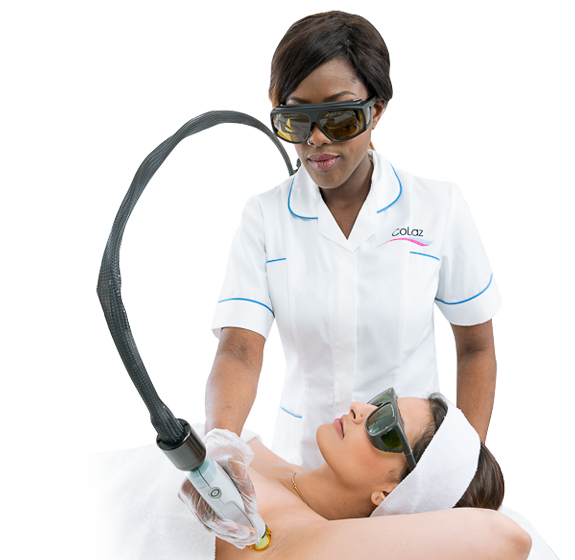
The Treatment Process

The First Step is to Have a Consultation.
Read More

Your Treatment is the Second Step.
Read More

The Final Step is AfterCare.
Read More
Frequently Asked Questions
The most common locations for ingrown hairs are the armpits, bikini line, and facial areas.
Treatment takes about 30 minutes to an hour, depending on how large a surface area is being treated.
What should I do after my laser hair removal session? Avoid the sun when you have been treated or the day before and after treatment.
Avoiding bleaching, plucking or waxing hair for six weeks before treatment is necessary. If you are looking for an effective way to remove your ingrown hairs and want the benefit of smooth skin free of ingrown hairs, then laser treatments are the way to go!
Many people report that due to genetics, hair follicles are programmed to grow inwards.
Shaving and waxing may make this condition worse as the skin continues to produce new hairs.
Laser treatments work by killing off the hair follicle, meaning that you will no longer experience ingrown hairs.
It is possible to detect ingrown hair before it becomes a problem by using your fingers.
When you have an outbreak of ingrown hairs, they will feel like little bumps, and the surrounding skin may be dark or red. In some cases, there may be pus at the site as well. If this happens to you, you should contact your dermatologist to determine how you can get rid of these ingrown hairs.
With CoLaz
Arrange a
consultation
One of our advisers will call you back shortly to arrange your consultation.

